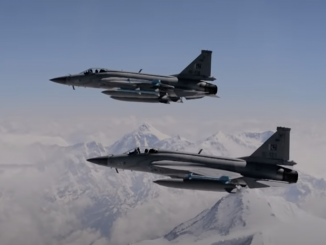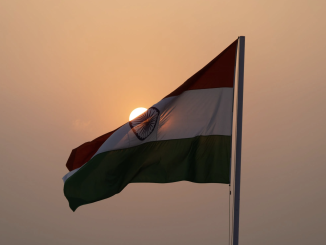
The end of WW2 gave birth to a new concept of warfare – cold war. This new warfare was the result of the higher cost of the traditional and conventional inter-state rivalry as a handful of states became nuclear powers. Proxy wars conjure the image of cold war wherein the local combatants are supported by the external elements.
“With U.S.-made anti-tank missiles finding their way to Syrian rebels and Russian fighter jets pummelling the same rebels and supplying the Bashar al-Assad regime with antiaircraft missile systems, it might seem easy to describe the battle in Syria as a proxy war.” This is how the phrase proxy wars works. Proxy war may be triggered by the internal vulnerability to the foreign actors which are attracted by the hope of meeting their interests in the territories, states or regions which are putting forward such opportunities to them. The fragility and weaknesses of the internal combatants also invite external players to exploit the situation to fulfil their personal interests. The reason behind this is that each one of the combatants is unable to put its opposite down without the support of external actors. The face-offs of such a complicated nature can only be resolved if the external factors realize that it is in their best favour to deescalate the tensions. Moreover, installation of peace and tranquillity in the battlefield is also key in ending the stand-off. It may take place as a result of the shift in the balance of the war’s power.
Most of the conflicts in Latin America were painted in the colour of the Cold War. The local combatants were supported either by the capitalist bloc or by the USSR-led communist bloc. In modern times, the Middle East region is conjuring the picture of proxy war as the internal clashes are mainly ignited by the role of the external players. The interests of US are motivated by its energy needs and protection to its allies: KSA and Israel. Similarly, Russia is dragged into the conflict in Middle East by its motives to counter terrorism and to support its allies. The most important factor which keeps the proxy and the conflict alive is the struggle for sectarian dominance in the region and the main players here are KSA and Iran.
It must be made clear here that there is a plethora of factors which provides an opportunity to the external factors to intervene. The very beginning of the second decade of the 21st century observed some new changes in the Middle Eastern region in the shape of the Arab Spring. It was basically a compendium of the anti-government strikes, protests and rebellions as a result of the bad governance, ramshackle economy, denial to the fundamental human rights, etc. Moreover, the region is a portrayal of the ethnic, cultural and sectarian diversifications which were easily exploited by the foreign players. Most of the states in the region were fragile like their opponents and so in order to succeed, they looked for external support to crush their opponents. Thus, the proxy war was kicked off in the region.
The local combatants sometimes exploit the role of external elements like in Syria, for instance, wherein the Assad’s government has been exploiting the interests of Moscow and Tehran via setting forth his regime against the growing threat of Islamic militancy and Sunni fanaticism. The rebels, too, manipulate the KSA-led GCC block’s stake in the country while convincing it of their role against Shia dominance in the country and in the whole region. The precedent of this aspect of the proxy war was observed during the Cold War when Nicaragua and Cuba leaned towards the communist bloc after US stagnated its support for them. Somalia, too, made an instance here with its turning towards the capitalist bloc after being denied financial help by the communist bloc.
As a way out to such a conflict, it is suggested that foreign actors should realize the end to the conflict in their best favour and should pen down an accord to restrain themselves from backing any of the local combatants. This will lead the local actors to find themselves helpless, thus, unable to stretch their fights on. However, it is not the sole solution to put down the combat of such a complicated nature because the local players may continue their fight even after the conclusion of the truce among the outsiders which aims at restraining themselves from supporting the internal fighting parties. Somalia’s civil war did not come to an end notwithstanding the blockade of foreign support. Similarly, the Angolan civil war did not burn out even with the collapse of USSR. The Syrian quagmire may come to an end with the installation of an ugly stability with one-sided victory.
Thus, it is made clear here that proxy wars often take place as a result of the internal turmoil, high stakes of foreign actors, and fragile state of the local actors among others. It may be burnt out via drawing an accord among the external actors in order to halt their support to the internal actors, a shift in the local fight and the installation of peace, tranquillity, and stability, both inside the country and in the whole region.
![]()




Be the first to comment